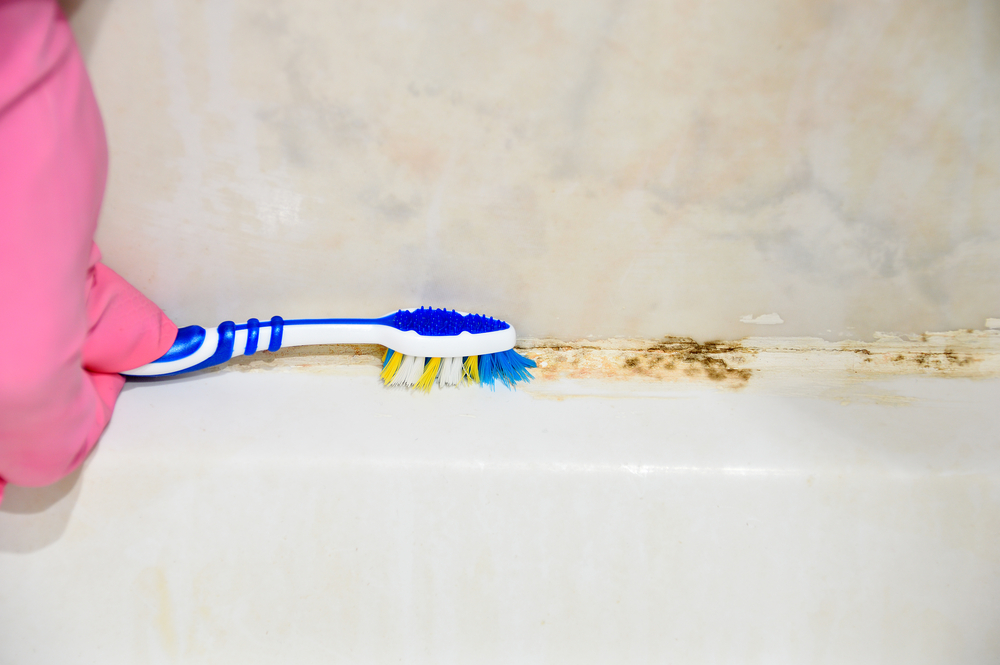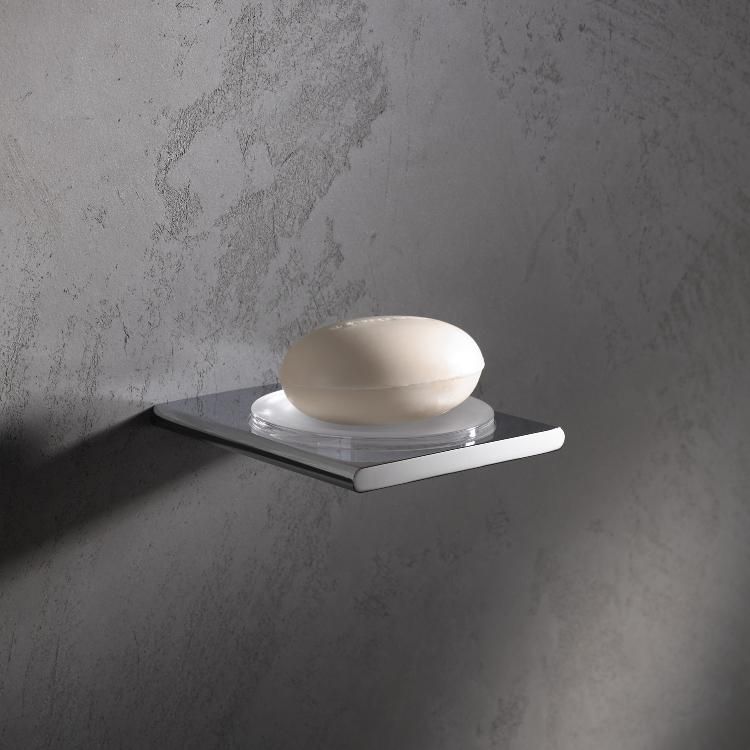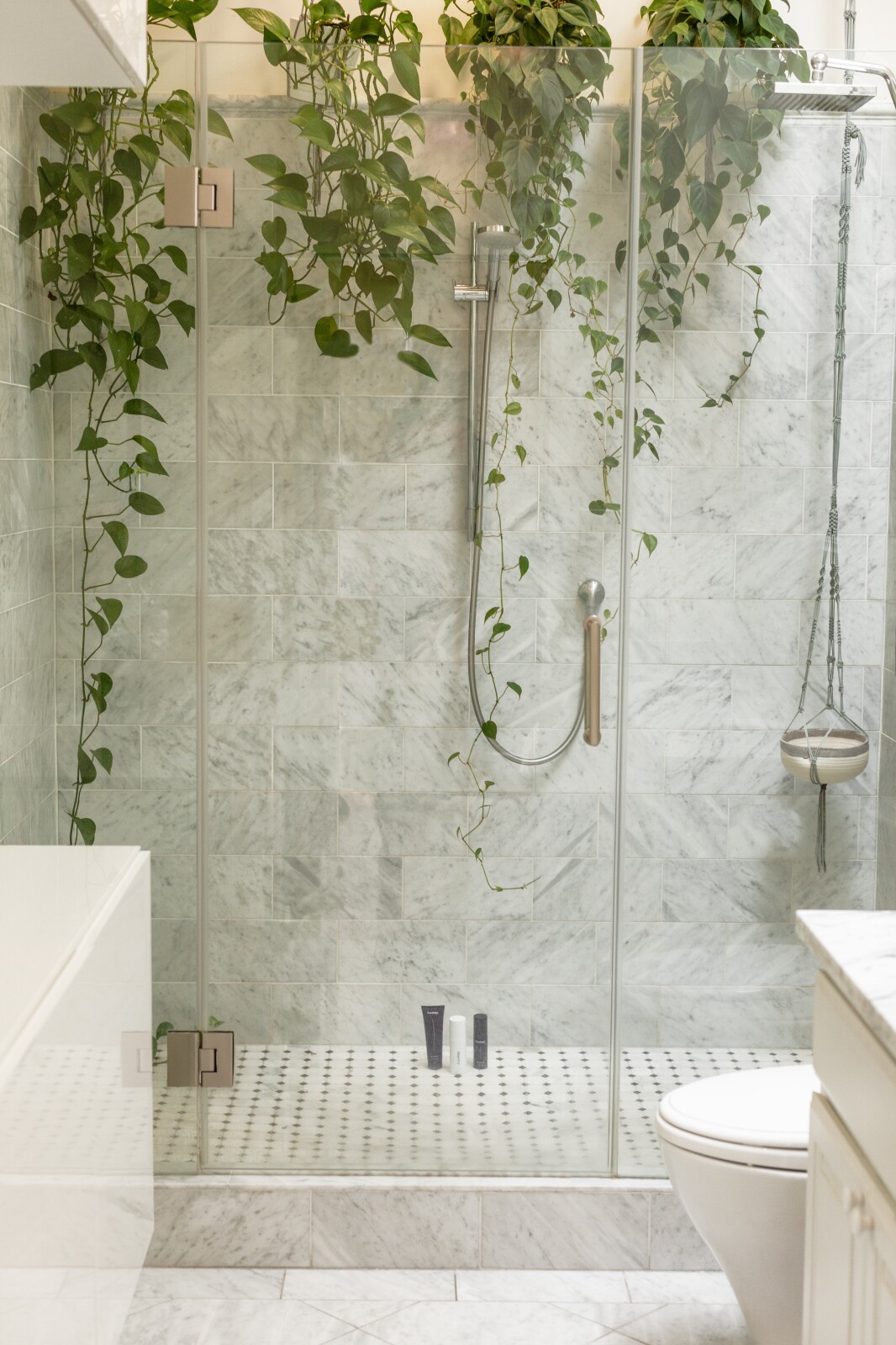There’s often nothing better than sinking into a hot bath after a long day. However, while a luxuriously long soak in the tub might be your favourite way to relax and unwind, did you know your pamper session can have potential health risks if the water is too hot? In fact, if you love a frequent hot bath and aren’t taking the right precautions, you could be doing both your body and your bathroom itself more harm than good.
Working with three experts in the health and medical sector and our own Sanctuary Bathrooms expert, we’ve investigated the health repercussions a hot bath can have, and the bathroom damage it can cause.
We’ve also conducted a study to find out how hot Brits have their baths, and compared the results against the expert advice. Read on to find out what the optimum temperature is for enjoying a soak safely, and why it’s important to get the cold tap running when you next sit down to soak!
The Optimum Bath Temperature, As Revealed by Health Experts
So, what is the best temperature to run your bath? According to all three of our experts, the recommended bath temperature is 36-40 degrees Celsius, which is just a few degrees above normal body temperature.
The results of our independent study found that three in five people are having their baths too hot, above the suggested 40 degree upper limit! Based on the data, this could mean that over half of our participants – and more widely Brits – could be risking health side-effects if they regularly bathe at the temperatures they reported.
Let’s look at these health impacts in more detail.
The Potential Health Impacts of Having Baths That Are Too Hot
There are numerous health implications a hot bath can have on both our brains and bodies.
One of the main issues is the damage can do to your skin. According to Dr Deborah Lee from Dr Fox Online Pharmacy, “very hot water strips the natural oils from the skin, causing it to dry out, which then worsens conditions such as eczema, and psoriasis.” This is echoed by the National Eczema Society, who recommend lukewarm water for those who suffer with eczema.
Hot baths can also lead to accidents, due to overheating, confusion and dizziness. Jonny Young, Director at The Fibro Guy says: “Dizziness when standing after laying in a high temperature is common due to the sudden and substantial drop in blood pressure, which impacts the Baroreceptor (BRS). These are blood vessels near the heart that provide the brain with information on blood volume and pressure by detecting the stretch on vascular walls, so as blood volume increases, the vessels stretch and the BRS fire rate increases.”
But it’s not just the body that takes a beating when our baths are too hot. Think your bath is the perfect remedy for a draining day? In actual fact, you could be causing yourself more stress than before if your water is too hot. While warm-water baths can be an instant stress-soother, according to Abbas Kanani, Pharmacist at Chemist Click, hot water can have the opposite effect: “Skin contact with hot water can be uncomfortable and unpleasant, which can put the body under extra stress or even shock. This can lead to a rapid release of stress hormones in the body.”
The good news is, there’s no need to banish baths from your relaxation regime! A warm bath at a safe temperature can do wonders for our bodies. As Dr Lee explains: “Getting into a warm bath causes a physiological response, switching off the sympathetic nervous system ('fight, fright and flight') and switching on the parasympathetic nervous system (rest and relaxation).” This, in turn, can have numerous positive effects, from boosting metabolism to improving cardiac output and stimulating the immune system.
While these reasons alone should be enough to convince you to cool down your piping-hot baths, the damage doesn’t stop at our bodies.
How Frequent Hot Bathing Can Damage Your Bathroom, & How to Fix It
It isn’t just ourselves that can be affected by regular piping hot baths. Steam from a super-hot soak in the tab can also wreak havoc on our bathrooms. While this is inevitable after a bath or shower, it’s vital to note the damage this can do long-term if left untouched. Moisture from excess steam can seep under paintwork, leaving bubbling, peeling, and other unpleasant textures on your walls or ceiling. What’s more, warm, damp areas are a breeding ground for mould, making your bathroom a hotspot for it.
If your bathroom grout is mouldy or your bathroom has a lingering damp smell, hot steam could be the culprit. Here’s how you can tackle the problem:
How to Clean Mould From Grout
Due to the porous nature of grout, and tiles seeing consistent moisture, it’s a hotspot for mould, unfortunately! White vinegar, baking soda, and hydrogen peroxide are all effective cleaning agents for cleaning mould from grout as they are mild abrasives. Bleach is generally not recommended because it only removes surface mould, which is ineffective for porous surfaces like grout as the mould roots itself deeply. Also, bear in mind that some bleaches can fade the colour of your grout.

The trick to cleaning this area is to work in small sections and use a stiff toothbrush to really work your cleaner of choice into the mouldy shower grout to clean it. This is the best way to tackle intricate bits. Let it develop for at least 30 minutes, then rinse, repeat as necessary, and dry. Don’t forget to keep the bathroom ventilated while you work!
How to Get Rid of Damp Smell in Your Bathroom
Not only is mould unsightly, but it comes with that well-known unpleasant odour that seems like it won’t shift. Fortunately, with a little TLC, there are ways you can banish the smell, as well as maintain freshness in your bathroom.
1. Start Afresh – Clear Everything Out
As mentioned, mould likes to linger in dense, damp places. Start by removing all your towels, product bottles, accessories, and extra furniture so that you can access all areas for thorough cleaning and begin to air out the room. Follow up by washing all towels, cloths, and products and properly dry them before returning to the bathroom.
2. Open The Windows And Turn on The Fan
It’s important to get some good air circulation going around the bathroom so it can dry out properly, and so the smell has somewhere to escape. It also means that any smells from cleaning products you might use for cleaning the mould won’t overwhelm the room during and after the process.
3. Check For Any Leaks and Mould in Hidden Places
If there are any gaps, cracks, or leaks in your bathroom, likelihood is there’s mould growing where you can’t see it, if there’s a lingering smell. In this instance, the best thing to do is address it and see about having your bathroom utilities removed, cleaned, and reinstalled. A bleach solution would be best for removing mildew that’s been there a while, but ensure to wear gloves and properly ventilate the room while you clean.
4. Apply Essential Oils After Cleaning
Essential oils work wonders for maintaining pleasant smells in the home when applied sporadically. Apply a small amount to exposed towels, inside toilet rolls, and to your bathroom radiator using a cloth. When you turn on the heating, the smells will release into the room, leaving a fresh and pleasant aroma.

5. Use Bars of Soap Rather than Soap Dispensers
Consider replacing your dispensers with exposed soap bars for a long-lasting fresh smell every time you wash your hands. Lots of hand soaps contain essential oils, meaning the smell will last a while after every use. Consider applying scent gels in your toilet for a similar effect.
Top Tips From Sanctuary Bathrooms: Preventing & Tackling Bathroom Damage From Hot Steam & How to Remove Mould
1. Ensure the Bathroom is Properly Ventilated
To prevent mould-inducing excess moisture lingering in your bathroom, make sure that during every bath or shower, your bathroom fan is running. If you have windows, open them slightly to increase airflow.
If you don’t have windows, consider investing in a dehumidifier so that condensation has somewhere to escape – this works by drawing in moisture through the fan, and storing condensation inside itself.
2. Wipe Down Moist Surfaces as Soon as You Can
If you notice moisture building on the surfaces in your bathroom like bathroom mirrors and windows, wipe them down using a dry cloth. Try to get into this habit after every bath and shower to prevent damage before it begins.

3. Plants That Love High Moisture And Low Light Will Be Your Best Friend
Not only will this add a nice pop of greenery to your bathroom, but there are plants out there that love absorbing moisture and can thrive in low light. Adding these will bring an extra source of moisture absorption to your bathroom to combat steam.
4. Wash And Dry Towels, Bathmats, And Shower Curtains Regularly
Any fabric in the bathroom can harbour moisture for a while after you’ve used it, and this can linger for longer if left in a smaller or poorly ventilated bathroom. Get into the habit of leaving your towels to dry somewhere well-ventilated and wash them frequently to keep them fresh.
5. Have a Good Old Declutter
Sometimes, mould can be growing in those little corners and cluttered areas we often overlook. Take everything out of your cupboards, shelves, and corners and give them a good wipe down and dry thoroughly to prevent any further breeding grounds for mould and damage.
From banishing mould to avoiding health implications, something as simple as taking your bath temperature down a degree or two could do the world of good for both your body and your bathroom. So, next time you run your bath, reach for the cold tap and enjoy a safe soak with all the benefits of a luxurious lather and none of the potential damage.
For more helpful tips and advice on keeping your bathroom in the best condition, read more on the Sanctuary Bathrooms Journal.

